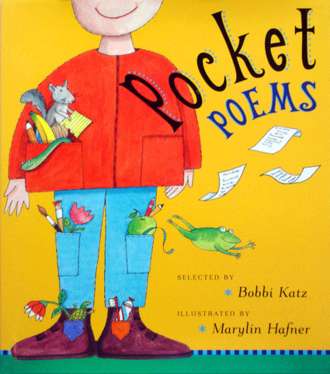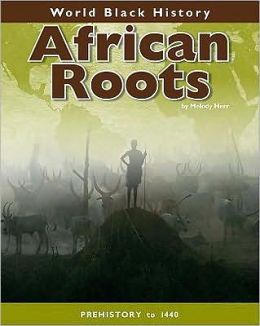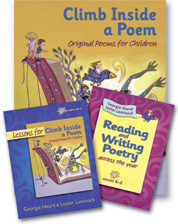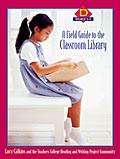Interactive Writing:
- Levels A-I/Letter Name Alphabetic
- Really focused on syntax and word solving
- You might not need to do it with whole class, but you might need to do with with a small group
Mini Lesson:
Short! (7-12 min... 15min max)
If you are getting longer than 15 min, maybe you are teaching too much
Just a little itty-bitty part: Just what kids need right now.
Why do this?
- Done in predictable format because research shows kids need predictable structure in order to hold on to content.
Set up for the workshop (Kids have all materials out and ready to go)
Components:
- Connection (Don't let it become a runaway train. Keep it simple.)
- Lots of different kinds
- Setting up the importance for the TP
- Reinforcing something great you saw
- Reminding students of something
- Identifying a problem
- Parallel metaphor (connecting new info to PK)
- Prep for active involvement
- Ends with the Teaching Point
- Repeated in each part of the mini lesson
- Repeated 3-5 or more times throughout the lesson
- Teach (Longest part of the mini lesson)
- Teach something small (one small strategy)
- "I want you guys to watch me"
- Methods:
- Demonstrate ("Do you see how I'm doing this? Did you see how I ___?")
- Demonstrate Non-Example (What does it look like when it is wrong?)
- Guided Practice (You might have the kids practicing along with you)
- Ex: Teaching point about fluency: Maybe have everyone practice together so you can coach them and give some tips
- Show an example/exemplar of what you are trying to teach
- Ex: Show a video of something great that happened in workshop yesterday
- Ex: Mentor post-its
- Inquiry
- Ex: Show a video of a book club. "What do you notice this group is doing to keep their conversation going?"
- Active Involvement:
- Try exactly what you just did. Make sure it is a mirror of what you just modeled
- Choose a text that they will be able to use for the TP (ex: If you taught how to use a glossary, you need to make sure they have a glossary to practice it)
- Methods:
- Now you try with this book I have for you (Remind of the steps)
- Now you try it with a book from your book bag
- Pass out books for partnerships and have them try it
- Guided practice (Let's do it together with a new book) [Almost a little reteach]
- Link
- Take the one small strategy and put the part back into the whole
- How does what we learned today fit into the bigger context of reading?
- "Every time you ___, one thing you might do is ___."
- You might use this time to add it to a chart (This is another way you can ___)
Idea for mini lesson:
Friday after a week of several strategies, have kids reflect upon their work for the week and set a goal.
Charts:
- Do you want little beginner readers coming up out of their book and having to look around the room to find the chart, then read the whole chart, in order to solve a word?
- Sometimes you might want to vary charts based upon reading level (Upper grades might work well for charts, but primary might need to be internal)
- Maybe have small copies of charts to give to specific kids that need it
Writing a Teaching Point is Hard Work!
- Use clear, concise language! (Boil it down)
- Name the WHAT, HOW and WHY
- Repeat, repeat, repeat, the same each time
- Be consistent across the day (Call it the same thing)
- We often write TP as an outcome (Kids will...)
- That's not a TP!
- Can't just name skills! It needs to include HOW?
- Example:
- Plan for a unit: Get to know your character
- feelings
- traits
- actions and motivations
- reactions to problems
- surprising behavior
- patterns
Take: Feelings
What? Feelings [Readers pay close attention to how their characters feel during all parts of the story.]
How? (This is the hard part)
- Think about the steps in your mind [They look at the picture and notice the character's face. They look closely at the character's body.]
Why?
- They do this because... [Knowing how characters feel helps them understand what is happening.]
TP for Feelings skill:
Readers pay close attention to how their characters feel during all parts of the story. They look at the picture and notice the character's face. They look closely at the character's body. Knowing how characters feel helps them understand what is happening.









.JPG)


.JPG)



